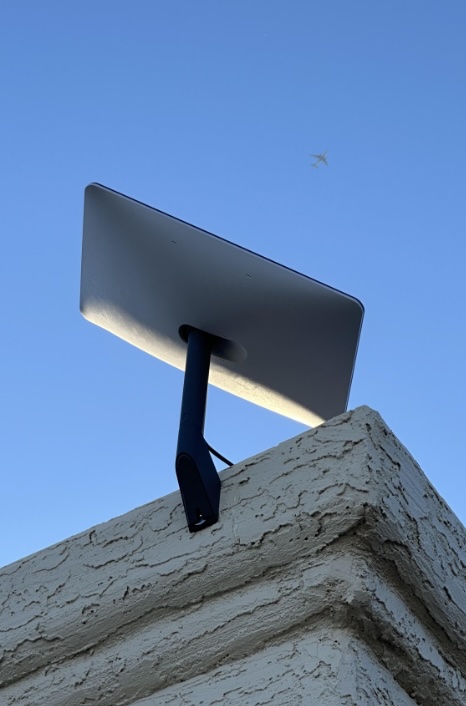
In the rapidly expanding universe of internet connectivity, Starlink, a satellite internet service provided by SpaceX, has emerged as a game-changer for many. Its mission to provide high-speed internet across the globe, especially in underserved areas, has both intrigued and confused potential users about its best applications. This comprehensive look aims to demystify when it makes sense to opt for Starlink and when it might be better to stick with traditional internet services.
When It Makes Sense to Use Starlink
RV or Mobile Healthcare
For those living the nomadic life in an RV or operating mobile healthcare services, traditional wired broadband options are out of the question. Starlink offers a viable solution with its mobile satellite internet service. Its ability to provide reliable, high-speed internet on the go makes it an indispensable tool for remote workers, travelers, and mobile clinics, ensuring connectivity no matter the location.
Boat/Yacht/Marine Application
Maritime internet options have traditionally been limited to costly and slow satellite connections. Starlink changes the game for sailors, yacht owners, and marine operators by offering a high-speed, relatively affordable alternative. With its marine-specific plans, Starlink enables better navigation, communication, and entertainment options on the open sea, far surpassing previous offerings in both performance and price.
Aviation
For private aircraft owners, maintaining connectivity during flights has often been a luxury out of reach or tied to exorbitant costs. Starlink’s entrance into the aviation internet service market promises to revolutionize this, providing high-speed internet access mid-flight. This capability not only enhances the travel experience for passengers but also improves flight operations through better communication and real-time data exchange.
Very Rural and No Other Wired Internet Broadband Options
In remote and rural areas, where traditional internet service providers (ISPs) cannot or will not offer service due to logistical and financial constraints, Starlink shines as a beacon of connectivity. It bridges the digital divide for rural homes and businesses, offering speeds and latencies that rival, and in some cases surpass, those of urban broadband services.
Backup to Existing Wired Connection, When Fast Cellular Isn’t Available
Even in areas well-served by traditional ISPs, Starlink can serve an important role as a backup internet connection. For businesses and individuals who cannot afford downtime, Starlink provides an alternative when terrestrial broadband services fail, and fast cellular options are unavailable or unreliable. Its quick setup and portable equipment make it an ideal contingency plan.
When It Doesn’t Make Sense to Use Starlink
Other Broadband Wired Options Available
If you reside in an urban or suburban area with access to fiber, cable, or DSL internet services, opting for Starlink might not make the most sense. Traditional broadband options typically offer more consistent speeds and reliability for a lower cost. For everyday home and office use, wired connections remain the go-to choice for most consumers and businesses.
Video Conference Priorities
Starlink, while offering impressive speeds for satellite internet, can sometimes suffer from latency issues due to the nature of satellite communication. For real-time applications such as video conferencing through platforms like Teams, Google Meets, or Zoom, even slight delays can disrupt the flow of conversation and lead to a frustrating user experience. In these cases, wired broadband services usually provide a more stable connection with lower latency.
VOIP Phone Traffic
Similar to video conferencing, Voice Over Internet Protocol (VOIP) phone services require stable and low-latency internet connections to function seamlessly. Delays or packet loss, which can occur more frequently with satellite internet like Starlink, might lead to dropped calls or poor call quality. For critical communication needs, especially in a professional setting, traditional broadband is often more reliable.
Low Latency Needs
For applications and tasks that demand the lowest possible latency—such as competitive online gaming, high-frequency stock trading, or certain types of remote work—Starlink may not be the best fit. The inherent delay in sending signals to space and back can’t compete with the milliseconds of latency offered by fiber-optic connections.
Is Starlink Right for You?
Starlink represents a monumental leap forward in satellite internet technology, offering high-speed connectivity in many areas of the world previously left in the digital dark. However, it’s not a one-size-fits-all solution. For those in remote areas, on the move, or in need of a reliable backup, Starlink is a groundbreaking option. Yet, for users with access to traditional broadband services or those requiring ultra-low latency, sticking with wired internet options might still be the best bet. As with any technology, assessing your specific needs and usage patterns is key to making the right choice.

